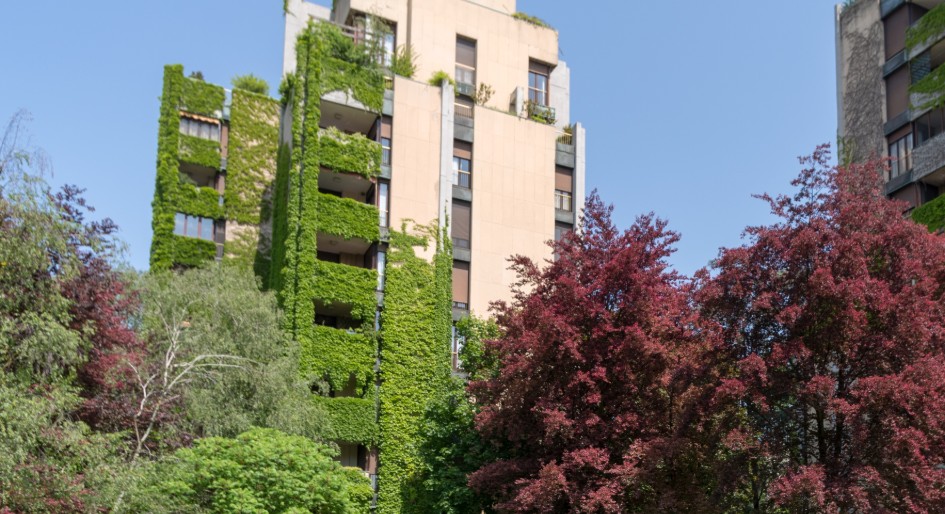Michael Sgambelluri
New Member
Hello,
First post here. I joined because I have some photos to share and don't know anyone in "the real world" that has my nerdy appreciation of tree taxonomy. So, hopefully you''ll find this interesting.
Ohio Buckeye (Aesculus Glabra) is a tree native to the Carolinian forest region of Ontario, but apparently only on Walpole Island near Lake St. Clair. In Toronto, Ohio Buckeye is occasionally planted as a street tree or in parks, but hasn't been known to grow naturally in any of our green-spaces. Interestingly though, while taking a stroll down the west side of the Humber River in Etobicoke yesterday, I was pleasantly surprised to see a stand of Ohio Buckeyes growing just off the banks of the river. You can be the judge for yourself, but they don't look planted in my opinion.









It has a palmately compound leaf and a lovely sprig of flowers that sort of look like a white candle when they're mature.
First post here. I joined because I have some photos to share and don't know anyone in "the real world" that has my nerdy appreciation of tree taxonomy. So, hopefully you''ll find this interesting.
Ohio Buckeye (Aesculus Glabra) is a tree native to the Carolinian forest region of Ontario, but apparently only on Walpole Island near Lake St. Clair. In Toronto, Ohio Buckeye is occasionally planted as a street tree or in parks, but hasn't been known to grow naturally in any of our green-spaces. Interestingly though, while taking a stroll down the west side of the Humber River in Etobicoke yesterday, I was pleasantly surprised to see a stand of Ohio Buckeyes growing just off the banks of the river. You can be the judge for yourself, but they don't look planted in my opinion.









It has a palmately compound leaf and a lovely sprig of flowers that sort of look like a white candle when they're mature.


















